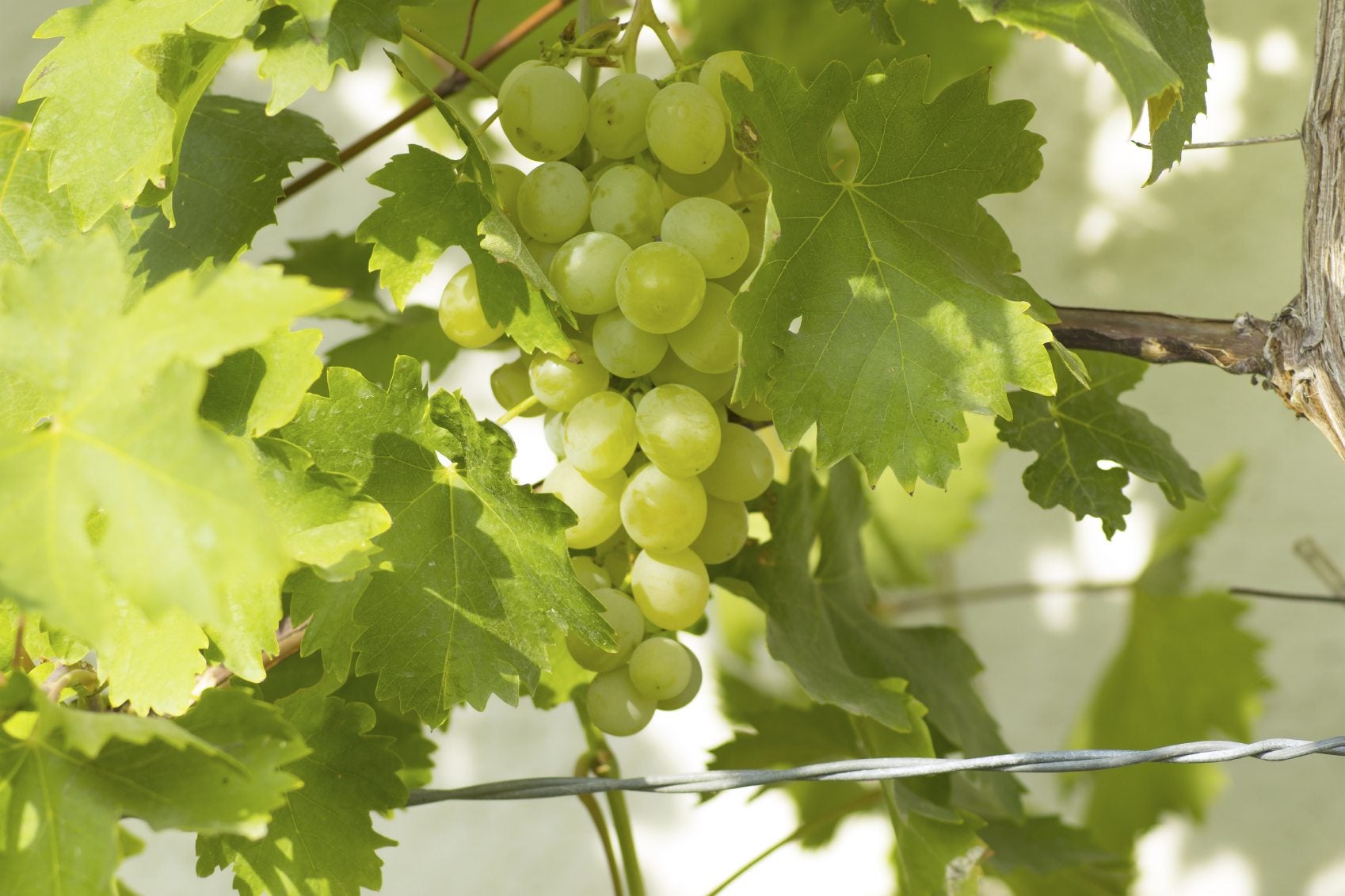How To Plant Grapes – Growing Grapevines In The Garden

Growing grapevines and harvesting grapes isn’t solely the province of wine producers anymore. You see them everywhere, clambering over arbors or up fences, but how do grapes grow? Growing grapes isn’t as difficult as many believe. In fact, it can be done by anyone with the right climate and the right type of soil.
Read on to learn how to plant grapes in your landscape.
About Growing Grapevines
Before you begin growing grapes, pinpoint what you want the grapes for. Some people want them for a privacy screen and may not even care about the quality of the fruit. Others want to make grape preserves or grape juice or even dry them to make raisins. Still other adventurous folks aim to make a great bottle of wine. While wine grapes can be eaten fresh, they have many more requirements than your average table grape.
Grapes are of three ilk: American, European and French hybrid. The American and French hybrid cultivars are most suited to colder regions, as they are the most winter hardy. European grapes are not usually recommended for the home gardener unless the grower lives in a temperate area or will provide winter protection.
Decide what you want the grapevine for and then research types of grapes that are appropriate for this use. Also, select grape cultivars that are suitable for your region.
How Do Grapes Grow?
When growing grapes, requirements include a minimum growing season of 150 days with winter temps over -25 F. (-32 C.). Grape growers also need a site with good drainage, full sun and neither soggy nor arid conditions.
Purchase vines through a reputable nursery. Place the order early and ask that the grapes arrive in the early spring. When the grapevines arrive in the spring, plant them immediately.
Sign up for the Gardening Know How newsletter today and receive a free copy of our e-book "How to Grow Delicious Tomatoes".
How to Plant Grapes
Grapes are generally unfussy regarding soil type and drainage. They thrive in deep, well-draining sandy loam. Prepare the site a year prior to planting by removing any weeds and incorporating organic matter into the soil. A soil test can ascertain if further amendments are needed.
Remove any broken or damaged roots or vines and place the grape in the soil at the depth it was at the nursery. Space plants at least 8 feet (2 m.) apart (4 feet, or 1 meter, apart for arbors) within and between rows and mulch around the plants to retard weeds and retain moisture. Prune the tops of the vines to a single cane.
During the first year, tie the vines to a stake to prevent injury and to train the grapevine. Decide which method of training to use on the vines. There are a number of methods, but the general idea is to prune or train the vine to a single cordon bilateral system.
Harvesting Grapes
Growing grapevines requires a bit of patience. Like pretty much any fruiting plant, it takes some time, three years or so, to establish the plants and harvest any amount of fruit.
Harvest grapes only after the fruit is fully ripe. Unlike other fruit, grapes do not improve in sugar content post-harvest. It is best to taste the grapes before harvesting, as they will often look ripe and yet their sugar content is low. Grape quality declines rapidly once the sugar has peaked so it’s a rather fine line when harvesting.
The amount of fruit yield will vary depending upon the cultivar, age of the vine and climate.

Amy Grant has been gardening for 30 years and writing for 15. A professional chef and caterer, Amy's area of expertise is culinary gardening.
